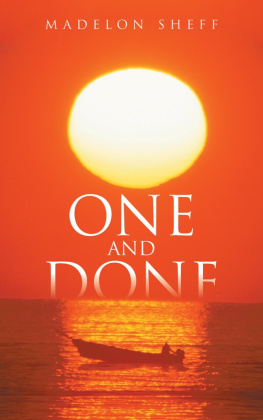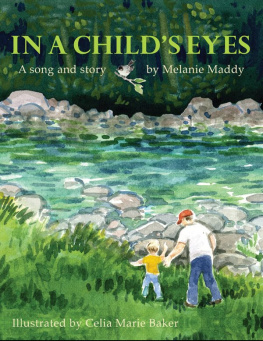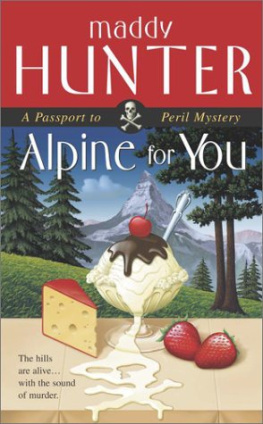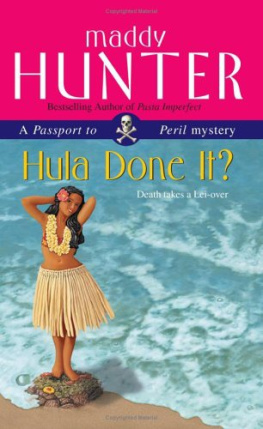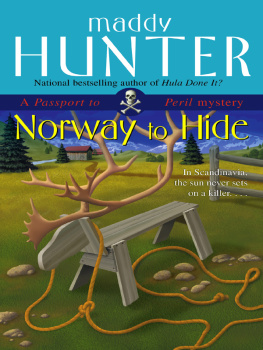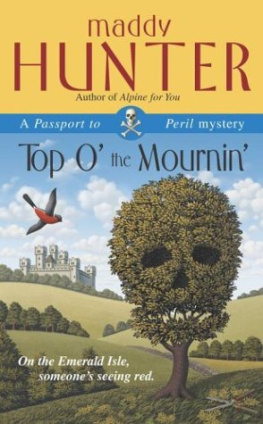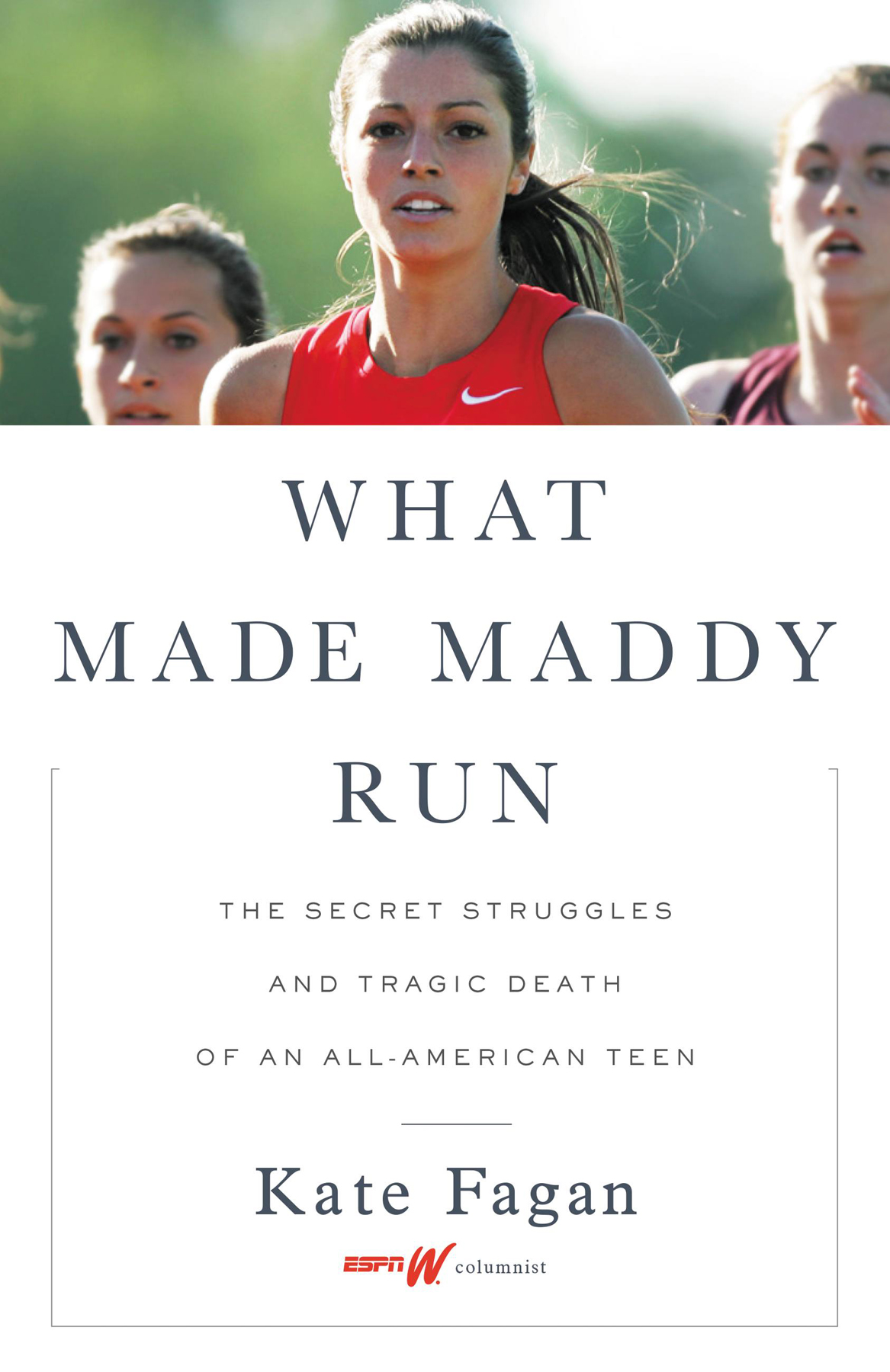Thank you for buying this ebook, published by HachetteDigital.
To receive special offers, bonus content, and news about ourlatest ebooks and apps, sign up for our newsletters.
Copyright 2017 by Kate Fagan
Foreword copyright 2017 by Alison Overholt
Cover design by Allison J. Warner
Cover photograph by Kevin R. Wexler / USA Today Sports Images
espnW and the espnW logo are trademarks of ESPN, Inc. Used with permission of ESPN, Inc.
Cover copyright 2017 by Hachette Book Group, Inc.
Hachette Book Group supports the right to free expression and the value of copyright. The purpose of copyright is to encourage writers and artists to produce the creative works that enrich our culture.
The scanning, uploading, and distribution of this book without permission is a theft of the authors intellectual property. If you would like permission to use material from the book (other than for review purposes), please contact permissions@hbgusa.com. Thank you for your support of the authors rights.
Little, Brown and Company
Hachette Book Group
1290 Avenue of the Americas, New York, NY 10104
littlebrown.com
twitter.com/littlebrown
facebook.com/littlebrownandcompany
First ebook edition: August 2017
Little, Brown and Company is a division of Hachette Book Group, Inc. The Little, Brown name and logo are trademarks of Hachette Book Group, Inc.
The Hachette Speakers Bureau provides a wide range of authors for speaking events. To find out more, go to hachettespeakersbureau.com or call (866) 376-6591.
The publisher is not responsible for websites (or their content) that are not owned by the publisher.
Portions of this book are based on Split/Image by Kate Fagan, originally published on espnW.com on May 7, 2015. Copyright 2015 by ESPN, Inc.
Emoji icons provided by EmojiOne (emojione.com)
ISBN 978-0-316-35653-4
E3-20170613-JV-PC
for all those seeking hope
I remember the first time Kate and I talked about what it would mean to tell Madison Hollerans story. It was a cold January day, and we sat across from each other at a small table in a crowded mall, so deep in conversation that we barely noticed when the dull roar of lunchtime white noise faded to emptiness as everyone else returned to work. We just kept talking.
It was a big conversationyou know, one where you feel the goose bumps start to rise on your skin because you know youre getting close to something important. Kate had written breakthrough stories for espnW and ESPN The Magazine, particularly about the glass ceiling women coaches face in the world of elite college sports, but she was determined to make an even bigger impact. I was contemplating returning to ESPN to become editor in chief of espnW, and, like Kate, I was hungry. Her current and my future boss, espnW founder Laura Gentile, had suggested we spend some time together talking about the possibilities.
There was something happening in the worldan awakening of sortsand we were eagerly dissecting it over now-cold cups of nondescript coffee. But it was more than thatmore than simple awareness, or interest. A sense of urgency, perhaps. A feeling that change surrounding the way we talk about and think about and encounter women in the world was brewing. After decades of (often maddeningly) slow and steady progress in the form of policy changes and polite conversations about diversity and equality across business, politics, and, yes, even sports, it felt like the right time.
Even as we discussed witnessing these changes in the world, Kate and I spoke of our sense that in sports journalism, we werent yet seeing the larger reality reflected in the pages of the pieces we produced or the hours of video journalism we consumed. Where were the girls and women in the bylines of the stories, and as central characters in the narratives they told?
Great narrative journalism has long been about helping us to understand universal truths of the world by grounding big ideas in the stories of real people. I believe that the way we tell these stories can very literally change the way we experience the world. If only boys and men are central characters within complicated subjects, then male stories are universal, while girls and womens stories remain singular, peculiar. Womens stories the exception; mens stories the rule.
So this is what Kate and I talked about that day over coffee. The overwhelming need we each felt to change the narrative.
And though it is certainly true that everyone has a story, it is also true that some stories help us learn more, grow more. Some stories simply touch us more deeply as they reach right into our hearts, settle there, and never leave.
So that day we talked, by way of example, about a tiny newspaper article. The briefest of summaries of what must have been the deepest of tragedies. Madison Holleran, a young track athlete at the University of Pennsylvania, had died by suicide. Her friends and peers were stunned, several commenting in their confusion that her life was perfect. Not seemed but was perfect, as evidenced by the beautifully curated Instagram feed to which she frequently posted, documenting each wonderful moment after the next. Kate and I talked about her. What had she been going through, unseen and unheard, behind all those filters? How much do each of us sift out our struggles and pare away personal truths each day as we work to present a more perfect vision for critique by a social mediafueled world?
We kept talking.
Madisons story was of a life not yet fully lived, a young female athlete facing struggles that, while unique and specific to her particular experiences, could take readers on a universal journey. This, we said, was the kind of story that espnW should bring into the worldbig, beautiful, complex, painful, powerful stories, with women and girls as central figures, told through the prism of sports, by writers who care enough to tell them the right way. Writers like Kate.
Sixteen months later, after Maddys family opened their lives and their hearts to Kate, her story was published by espnW and then in ESPN The Magazine, with a companion video feature that ran on ESPN.com and on SportsCenter. It was and remains the most read feature in espnWs history, and the most watched video feature in the history of ESPN.com. That story, Split Image, changed the conversation. At our company, certainly, but in many ways in sports media more broadly and now, with the publication of this book, we hope in the world at large, too. When we read Maddys story, we feel that we know her. Many of us are Maddy, but for the grace of a few decisions or moments of support that placed us on a different path, to a different outcome.
And now here is her fuller story, along with the personal essays and explorations around mental illness that Kate has so thoughtfully crafted in the months since that original publication. It is a powerful and moving work, and one that espnW is honored to have played a role in developing and supporting. It will start conversationsimportant conversationsabout athletes, yes, but more than that, about young people who struggle. With pressure. With illness. With life.
The book you hold in your hands is a special work, by a special writer. Read it. Think about it. Talk about it. Share it. Be a part of changing the narrative.
I first met the Holleran family in the summer of 2014, six months after Madisons death. We sat at their kitchen table and I told them I hoped to be able to earn their trust and promised to do justice to Maddys story. I hope I have fulfilled that promise. Even while dealing with the greatest pain imaginable, the Holleran family opened their home, and their hearts, to me so that we could tell this story: first as a piece for espnW and


